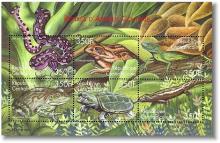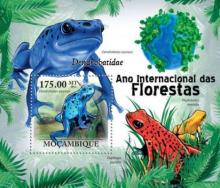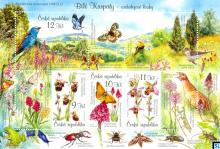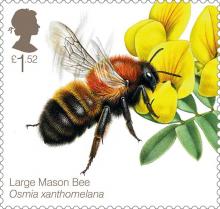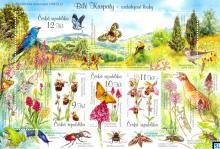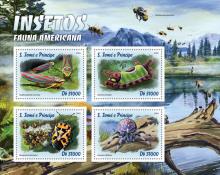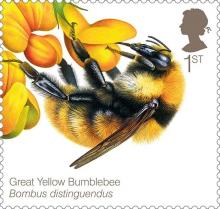Potential interactions among disease, pesticides, water quality and adjacent land cover in amphibian habitats in the US
To investigate interactions among disease, pesticides, water quality, and adjacent land cover, we collected samples of water, sediment, and frog tissue from 21 sites in 7 States in the United States (US) representing a variety of amphibian habitats. All samples were analyzed for >90 pesticides and pesticide degradates, and water and frogs were screened for the amphibian chytrid fungus Batrachochytrium dendrobatidis (Bd) using molecular methods. Pesticides and pesticide degradates were detected frequently in frog breeding habitats (water and sediment) as well as in frog tissue.

